
Sulphur in agriculture
Sulphur’s key role as a plant nutrient means that its use as a fertilizer continues to be a major area of demand.

Sulphur’s key role as a plant nutrient means that its use as a fertilizer continues to be a major area of demand.

The ‘golden batch’ refers to stable periods at production plants that consistently generate high quality NPK products at high output. Yara’s Golden Batch digital tool digitises and stores past data from optimal production runs, making these easy to retrieve and implement again in future. Yara’s Marianne Ytterbø provides an overview of this novel digital tool, explains how it was developed, and highlights key benefits.
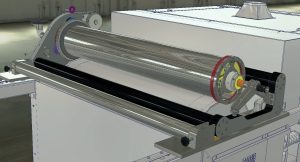
IPCO has expanded its Rotoform range with the high yield XG model for granulation of suspensions. Designed for applications such as sulphur bentonite and urea mixes as well as NPK and other fertilizers, this new Rotoform model can convert solid-containing product melts into consistent, high quality pastilles from 2-4 mm diameter.
Join us at the CRU Sulphur + Sulphuric Acid 2024 Conference and Exhibition in Barcelona, 4-6 November, for a global gathering of the sulphur and sulphuric acid community. Meet leading market and technology experts and producers, network, share knowledge, and learn about market trends and the latest developments in operations, process technology and equipment.
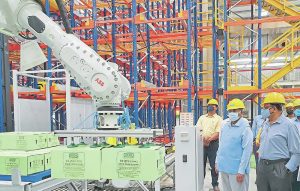
Indian producers have begun producing nanofertilizers at scale with the backing of the national government, as part of efforts to improve nutrient use efficiency, limit fertilizer subsidies and reduce fertilizer import dependency. But some scientists have questioned the claimed benefits and the overall efficacy of these novel crop nutrient products.
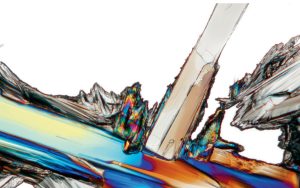
Specialty fertilizer products represent a small volume, high value segment of the overall fertilizer market that’s been growing at around four percent per annum in recent years. Economic, environmental, regulatory and agronomic imperatives are driving up their adoption – and an overall shift from volume to value in the fertilizer market.

CRU Events will convene the 2024 Phosphates International Conference & Exhibition in Warsaw at the Hilton Warsaw City Hotel, 26-28 February.
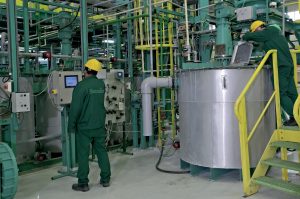
Kevin De Bois of Prayon Technologies describes an innovative process for removing magnesium from phosphate rock. Increasingly, phosphoric acid producers are looking to consume low-grade phosphate rock as a feedstock due to the prohibitive costs of high-grade rock sources. This has potentially negative consequences as the presence of impurities such as magnesium can negatively affect both the phosphoric acid process and the quality of the acid produced.
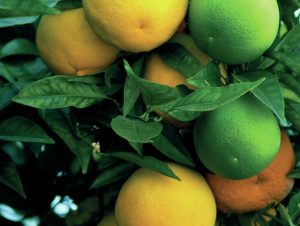
Citrus fruit growers are an attractive end-market for fertilizer suppliers due to the high K and N requirement of this widely-cultivated cash crop and the efficacy of fertigation and foliar spraying. We examine the nutrient needs of citrus trees and how balanced application of fertilizers helps maximise citrus fruit quality and yield.
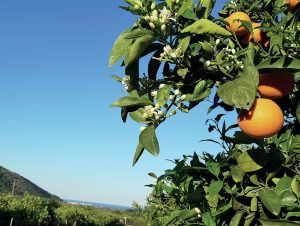
A proper fertilization programme is necessary to sustain both citrus productivity and soil fertility over the longer term. ICL agronomists Fabio Vale, William Wang, Patricia Imas and Francisco Morell outline the nutrient needs of citrus fruit – a regionally important crop in the Americas, Europe and China.